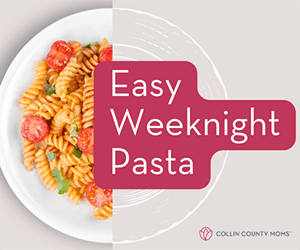**This post has been sponsored by Baby Begin, LLC to bring you this experience.**
 “What has happened to my baby’s head?” exclaims Becky, mother of 2-month-old Sarah. “I looked at it one day, and all of a sudden it is flat!”
“What has happened to my baby’s head?” exclaims Becky, mother of 2-month-old Sarah. “I looked at it one day, and all of a sudden it is flat!”
Have you heard new mothers say something like this? Most likely, the baby has plagiocephaly, or flat-head syndrome. Unfortunately, it is very common with our little ones; 46% of babies under the age of 4 months will suffer from it each year.
The good news is that, for the most part, plagiocephaly is preventable. The bad news is that expectant and new parents are not receiving the information early enough. By the time they get the vital information, it is because their baby’s head is already flat.
The following are four things you can do to keep your baby’s head round. If you have problems with any of them and suspect a problem, contact your pediatrician right away. Don’t wait until your next appointment. There is a very small window of opportunity – don’t let it slip away.
Repositioning
Babies should always be put to sleep on their back. Try, though, to turn the baby’s head a different direction at each sleep time. Rotate her in the crib so she faces different directions. Alternate which side you are feeding her, changing her diaper and carrying her.
The key here is to watch for a preference to always turn her head in the same direction. If you see a preference, talk to your pediatrician right away. You might need a therapist to evaluate for neck tightness (torticollis). Early treatment of this is a critical part of preventing a flat head.
Tummy Time
Supervised tummy time should be started immediately after the baby is born. The baby may not like it, but he will adjust quickly if you do it in small increments and start early. Try to incorporate supervised tummy time into your daily schedule, just like you do feedings and diaper changes. The first 2-3 months are the most critical time for your baby’s head shape, so start now.
Incline Surfaces/Containers
These can be your best friend but also your biggest enemy, so use them with caution. An “incline surface” includes a car seat/carrier, nap nanny, swing, Rock n Play and/or bouncy seat. Combined, these should not make up more than three hours of your baby’s day. Don’t forget to count all shopping trips, meals out, naps, walks, errands, siblings’ activities, etc. It adds up, so watch it closely. If you have multiples, this gets a little more complicated – so do your best.
For some babies, an incline surface is recommended after feedings for reflux. If this is the case, you might need to collaborate with a therapist to work in accordance with these important precautions.
Head Checks
Keep a close eye on the shape of your baby’s head from the moment you get home from the hospital. The best way to look at it is from a “bird’s eye view,” or looking down on it. This is how you can tell if there is any flattening or asymmetry. Typically the flattening will begin in the back so that is a good place to start. If you see any, let your pediatrician know so you can address it right away.
Schedule a Visit
When you schedule a visit or consultation, you can receive a discount when you mention this blog post, or use the promo code: BDAYTEN.
Baby Begin, LLC is dedicated to educating the community about prevention of plagiocephaly (flat head syndrome) and torticollis. They have helped over 3000 families around the globe since inception in 2008. More information can be found at www.babybegin.com.













